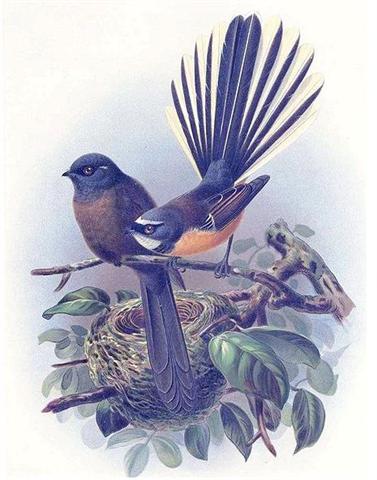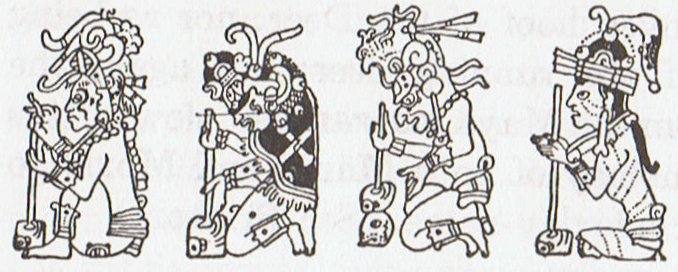2. Once the Scales were the Claws of the Scorpion: "In ancient Greek times, the area of sky we know as Libra was occupied by the claws of the Scorpion, Scorpius. They called this area Chelae, literally meaning 'claws', an identification that lives on in the names of the individual stars of Libra ... The identification of this area with a balance became established in the first century BC among the Romans, although exactly when it was introduced and by whom has been lost in the mists of history. To the Romans, Libra was a favoured constellation. The Moon was said to have been in Libra when Rome was founded. 'Italy belongs to the Balance, her rightful sign. Beneath it Rome and her sovereignty of the world were founded', said the Roman writer Manilius. He described Libra as 'the sign in which the seasons are balanced, and the hours of night and day match each other' ... But the idea of a balance in this area did not originate with the Romans. The Babylonians knew this area as ZIB.BA.AN.NA, the balance of heaven, around 1000 years BC. Hence it seems that the Romans revived a constellation that existed before Greek times ..." (Ian Ridpath's site)
Below the Scales (Libra) was the Mad Dog (Centaurus). It looks as if the autumn equinox line, held by the left hand of the Mad Dog, defined where the Underworld (the 4th quarter) was beginning. 4 is an unlucky number. Among the Mayas this dangerous place was at the horizon in the west, where the 'Biting Mouth' (Chikin) took care of the descending Sun. In the Hiro chapter I wrote: ... The horizon in the west is where Sun disappears in late afternoon. In the morning when Sun reappears in the east he is like a newborn baby, at noon he is standing tall, and in the afternoon he shrinks - he is growing old. His disappearance in the west was called 'the biting of the sun' (Chikin) by the Maya: 'The manik, with the tzab, or serpent's rattles as prefix, runs across Madrid tz. 22 , the figures in the pictures all holding the rattle; it runs across the hunting scenes of Madrid tz. 61, 62, and finally appears in all four clauses of tz. 175, the so-called 'baptism' tzolkin. It seems impossible, with all this, to avoid assigning the value of grasping or receiving. But in the final confirmation, we have the direct evidence of the signs for East and West. For the East we have the glyph Ahau-Kin, the Lord Sun, the Lord of Day; for the West we have Manik-Kin, exactly corresponding to the term Chikin, the biting or eating of the Sun, seizing it in the mouth.' (Gates, a.a.)
The first 4 pictures show east, north, west, and south. The lower two glyphs represent 'Lord' (Ahau) and 'grasp' (Manik). Manik was the 7th day sign of 20 such and Ahau was the last of them. I imagine the 'Lord' was Sun and that in Likin (east) we see him (at the top formed like an inverted Ahau sign) depicted in triplicate, viz. as Morning, Noon, and Evening Sun. The 20th day sign, Ahau, will therefore be the upside down situation, with Noon Sun at the very bottom. When Sun goes down at the horizon in the west it is a sign of the arrival of darkness. In order to 'come alive again' in the morning the day after, the fire of Sun must be rekindled. I imagine the following Maya pictures tell about the process, in which at bottom the 'grasping hand' returns the 'fire':
(Gates: Dresden tzolkin 15) When 'rattles of serpents' (tzaab) are mentioned together with 'the biting of Sun' (Chikin), it probably is because these rattles are the dried out old remnants of the serpents. To kindle a fire you must have completely dry stuff to work with ... There is no sign of a civilized justice here, and neither was it so in Polynesia: ... The little birds now did their best to comply with Maui's wish. They sat as still as they could, and held their beaks shut tight, and tried not to laugh. But it was impossible. It was the way Maui went in that gave them the giggles, and in a moment little tiwaiwaka the fantail could no longer contain himself. He laughed out loud, with his merry, cheeky note, and danced about with delight, his tail flickering and his beak snapping. Hine nui awoke with a start. She realised what was happening, and in a moment it was all over with Maui. By the way of rebirth he met his end ...  "In Maori mythology the piwakawaka is a messenger, bringing death or news of death from the gods to the people. The bulbous eyes and erratic flying behaviour of the bird is attributed to it being squeezed by Maui for not revealing the whereabouts of his ancestress Mahuika, the fire deity. Tiwakawaka is also the name of one of the first Maori settlers to New Zealand." (Wikipedia) |


